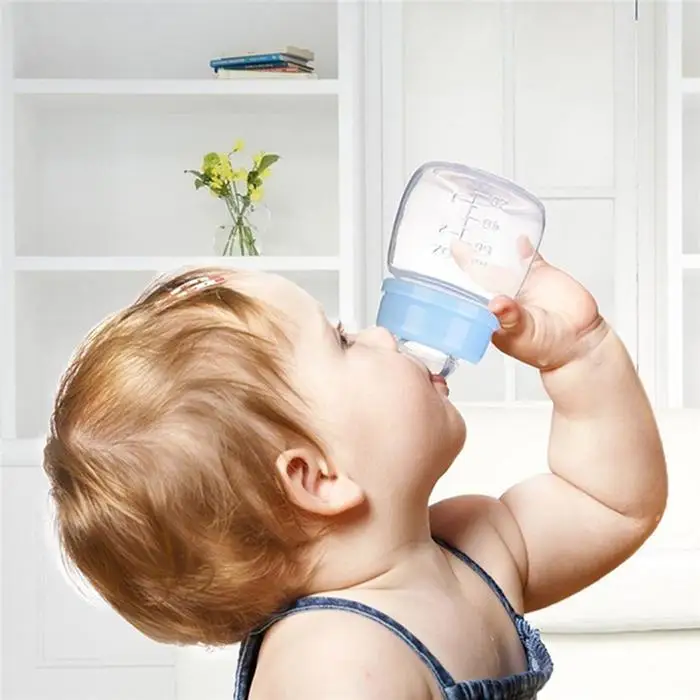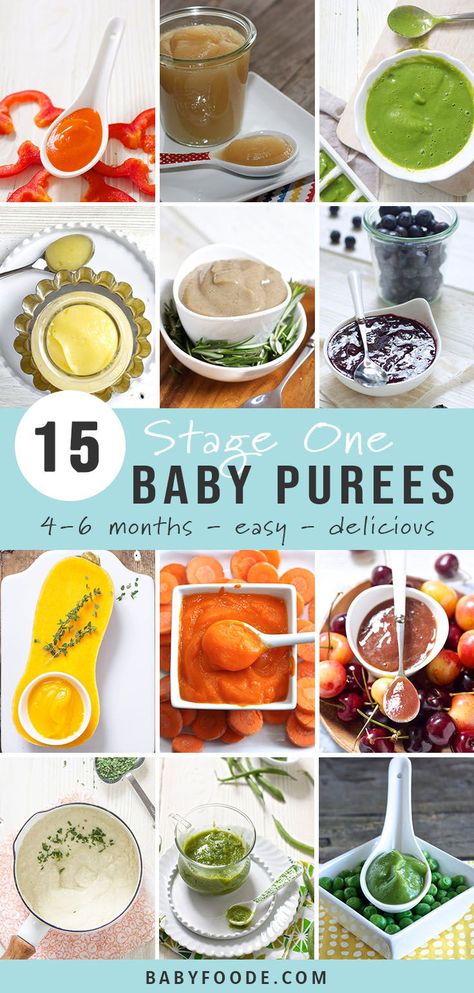Baby bottle feeding aversion
Feeding Aversion - Why your baby is refusing bottles, breast or solids – Baby Care Advice
When we imagine what it should look like to feed a baby, we picture a scene of a hungry baby, gently cradled in our arms, who serenely gazes towards us as he contently feeds, peacefully stopping when satisfied. This is in stark contrast to the way in which babies who develop an aversion to feeding or eating behave. The scene is one of a screaming, hungry baby who acts like you're trying to poison him when you offer him a bottle of milk, breastfeed, or solid foods.
What is a feeding aversion?An aversion is the avoidance of a thing or situation because it is psychologically linked with an unpleasant, stressful, frightening, or painful experience. Basically, it’s fear that is displayed in anticipation of something bad happening again. A ‘feeding phobia’ and ‘feeding strike’ are other terms that may be used to describe a feeding aversion.
A feeding aversion refers to a situation where a physically well baby, repeatedly exhibits partial or full feeding refusal despite obvious hunger. A feeding-averse baby has a history that demonstrates he’s capable of feeding but for reasons yet to be identified and corrected, he refuses to feed or eats very little.
Babies as young as 7 weeks of age can develop an aversion to breastfeeding or bottle-feeding. Older babies can become averse to eating solids. Not just certain foods but the experience of eating solids. A baby could become averse to one, two, or all three feeding methods.
Feeding aversion signs and symptoms:A baby might display one or more of the following behaviors:
- Skips feedings or meals without distress.
- Appears hungry but refuses to eat.
- Fusses or cries when a bib is placed around his neck, or when placed into a feeding position, or when the bottle is offered or shown.
- Clamps his mouth shut or cries and turns his head away from the breast, bottle, spoon, or food.
- Takes a few sips or a small portion of the milk or food offered but then pulls away or arches back in a tense manner or cries.
 (NOTE: Babies back arch to distance themselves. Back arching does not provide evidence of acid reflux.)
(NOTE: Babies back arch to distance themselves. Back arching does not provide evidence of acid reflux.) - Feeds only while drowsy or asleep.
- Consumes less milk or food than expected.
- Refuses milk but eats solids.
- Displays poor or slow growth. May be diagnosed as 'failure to thrive'.
The type and intensity of behavior vary between babies. At one end of the spectrum, a baby might simply refuse to eat a particular food owing to a bad experience while eating that food. At the other end, a baby might display almost complete food refusal, eating very little, and require a feeding tube to ensure that he receives sufficient nourishment for healthy growth.
Feeding is not something that a baby can avoid entirely. A feeding-averse baby will reluctantly eat enough to survive but not voluntarily eat enough to thrive. Once averse to feeding a baby will try to ignore his hunger cues for as long as possible. Only willingly, but cautiously, eating when ravenous.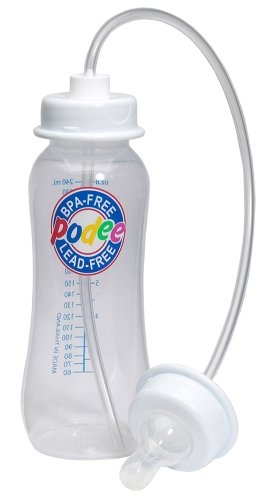 Then eating quickly in fear of a repeat occurrence of whatever it is causing his fears. Eating just enough to soothe pangs of hunger, but not enough to feel completely satisfied.
Then eating quickly in fear of a repeat occurrence of whatever it is causing his fears. Eating just enough to soothe pangs of hunger, but not enough to feel completely satisfied.
A few behaviors displayed by some, but not all, feeding-averse babies require special mention due to the confusion they cause. These include:
- Conflicted feeding behavior
- Sleep-feeding
- Accepts water from a bottle
Many feeding-averse babies display conflicted feeding behavior - where the baby takes a few sucks, sharply turns away or arches back in a tense manner, possibly cries, quickly returns and wants to suck again, takes a few sucks, turns away or arches back, cries, and returns to feeding and so on. This disjointed feeding behavior is often interpreted by parents and others as an indication that the baby is experiencing pain, especially if he is intermittently crying, but it’s not necessarily due to pain. Babies who have become averse to feeding will behave in this tense or distressed manner regardless of the cause.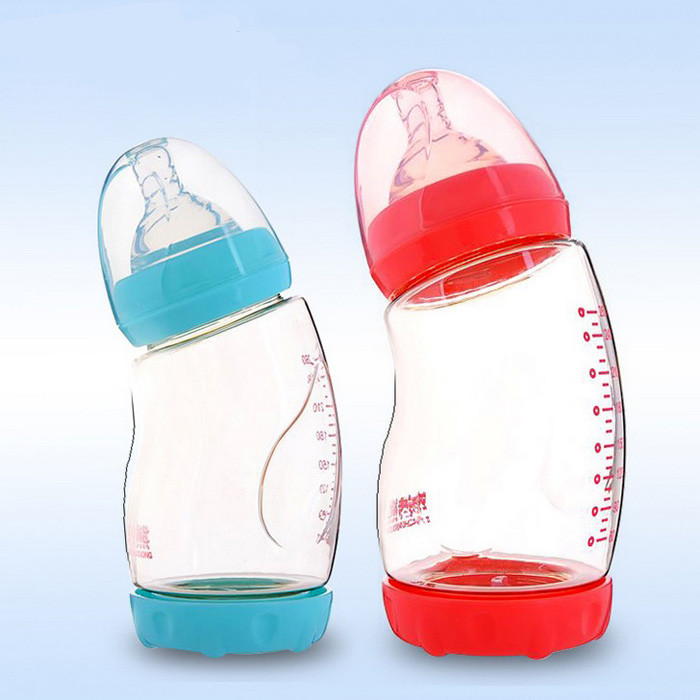
Feeding-averse babies often feed better or well when drowsy or during light sleep. When drowsy or asleep, a baby is not fully aware that he is being fed, and therefore he’s not on edge in anticipation of whatever it is that is causing him to fear feeding. In a drowsy or sleepy state, a hungry baby’s guard is down, instincts kick in, and he feeds well. A feeding-averse baby may refuse and fight feedings while awake but could complete a full feed without resistance when drowsy or asleep. (See other reasons for sleep-feeding.)
Accepting water from a bottleA small percentage of feeding-averse babies willingly accept water from a bottle but not milk. This causes parents to believe it’s the taste of the milk that baby objects to, which could be the case, but not necessarily so. It can be because the baby associates the taste of the milk with an unpleasant or stressful experience, for example, being pressured to feed.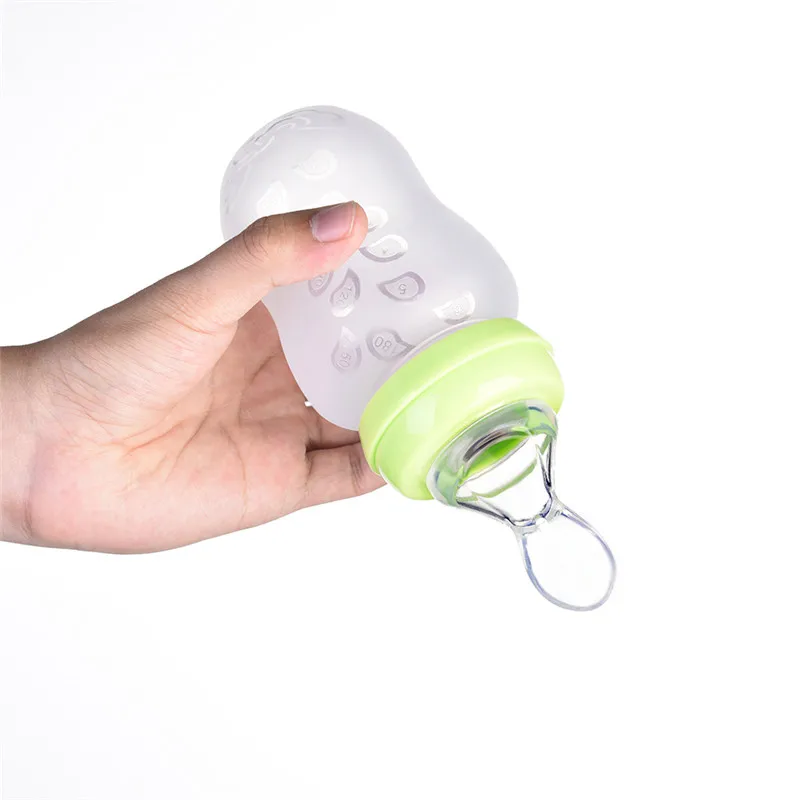
Parents often pressure their baby to drink milk from a bottle but seldom pressure their baby to take water from the bottle. Babies are smarter than we give them credit for. They learn to link the taste of the milk with being pressured and therefore react as soon as they taste the milk.
Why babies become averse to feedingA baby could develop an aversion to feeding if an event occurring directly before, after, or while he is feeding triggers negative emotional responses, such as stress, pain, fear, or disgust. Several scenarios could potentially trigger such emotions. For example:
StressIf a baby is pressured or forced to feed against his will, this makes for an annoying, frustrating, or stressful experience depending on the feeding strategies parents employ, and how long they persist.
Being repeatedly pressured to feed against their will is without exception THE most common reason for babies to develop an aversion to feeding and then not want to eat. In most cases, it's the original and only cause of a baby's feeding aversion. However, in around 10 percent of cases, it's a secondary cause that develops after the baby's initial feeding refusal due to one or more of the reasons that follow.
In most cases, it's the original and only cause of a baby's feeding aversion. However, in around 10 percent of cases, it's a secondary cause that develops after the baby's initial feeding refusal due to one or more of the reasons that follow.
Sucking could be painful if a baby has mouth ulcers, and swallowing could be painful if a baby is suffering from esophagitis caused by acid reflux, or milk protein allergy. Chronic constipation or gastroparesis (delayed emptying of the stomach) could also cause a baby to associate eating with discomfort.
When a baby refuses to feed due to discomfort or pain, the parent might then pressure their baby by employing subtle or obvious forms of pressure to make him eat. This adds to the baby’s distress. The baby now has two reasons to want to avoid feeding – pain and the stress associated with being pressured to eat. It’s often the stress associated with being repeatedly pressured to feed that continues to reinforce the baby’s avoidant feeding behavior long after medications or dietary changes have removed pain from the feeding experience.![]()
Medical procedures involving the baby's face or mouth, like nasal or oral suctioning, insertion of an NG (nasogastric) feeding tube, or intubation can be frightening, painful, and stressful.
Aspirating fluids or choking on solids would make for a frightening experience. A baby could aspirate owing to dysphagia (an uncoordinated sucking-swallowing pattern) or due to moderate or severe laryngomalacia (floppy vocal cords), or because the flow rate from the nipple of a bottle or breast is too fast, or due to poor head or bottle positioning negatively impacting on the baby’s latch, suction, and sucking and swallowing coordination, or when the parent persists in trying to make their baby eat while he is crying in distress.
Disgust at taste of milk or medicinesBeing forced to take foul-tasting medicines or milk (which can be the case for hypoallergenic formula or if a mother produces high levels of lipase in her breastmilk) could cause the baby to develop an aversion to feeding. If medications are added into a baby’s milk bottle, which then changes the flavor of the milk, or if given via a nipple-like device this could cause a baby to reject bottle-feeds. Parents often resort to pressure or force to get their baby to swallow something that tastes unpleasant, adding another reason for the baby to want to avoid feeding, or anything else the parent might try to place into his mouth.
If medications are added into a baby’s milk bottle, which then changes the flavor of the milk, or if given via a nipple-like device this could cause a baby to reject bottle-feeds. Parents often resort to pressure or force to get their baby to swallow something that tastes unpleasant, adding another reason for the baby to want to avoid feeding, or anything else the parent might try to place into his mouth.
Babies affected by a sensory processing disorder may find the sensation of the nipple, or anything else in their mouth, to be abhorrent. They can display aversive behavior to lumps in food or the smell, taste, or feel of certain foods.
The cause of an infant feeding problem could be due to one or a combination of different causes. A feeding aversion can become even more complex when other feeding problems are involved. (See bottle-feeding problems.)
Other reasons for why your baby won't take a bottle, breast or solidsThere are several other possible reasons for individual babies to display aversive behavior towards breastfeeding, bottle-feeding, or eating solid foods. Any situation that results in a baby becoming frightened, stressed or experience pain while feeding has the potential to trigger partial or complete food refusal.
Any situation that results in a baby becoming frightened, stressed or experience pain while feeding has the potential to trigger partial or complete food refusal.
A single occurrence of one of these events doesn't usually trigger an aversion, but it is possible, especially if the experience is traumatic for the baby. It would generally take repeated occurrences while feeding to cause a baby to become averse to feeding. When such episodes are repeated, the baby learns to link the sequence of events and expect a similar occurrence each time he feeds. And so, he tries to avoid feeding to avoid the situation that has caused him fright, stress, or pain in the past. It's at this stage he will react before the event because he knows what's going to happen. And so, he may become distressed as soon as he recognizes he is about to be offered a feed. Or even if he thinks he is about to be fed because of the position he is held.
Is pain the cause for your baby's feeding refusal?The distress displayed by many feeding-averse babies can be so intense that it appears like they are suffering from pain. Therefore, pain is typically the first thing blamed by parents, and by health professionals during brief consultations, when other causes for a baby's feeding refusal are not obvious. However, pain is not the only reason for babies to become distressed during feeds.
Therefore, pain is typically the first thing blamed by parents, and by health professionals during brief consultations, when other causes for a baby's feeding refusal are not obvious. However, pain is not the only reason for babies to become distressed during feeds.
So how can you tell if pain is the cause of your baby’s troubled feeding behavior?Check how he behaves at times outside of feeding as this will provide clues. For example:
- If your baby is happy once you stop trying to feed him, pain is unlikely. Pain fades away. It doesn't suddenly cease because the feed has ended.
- If your baby is content between feeds, pain is unlikely. Discomfort associated with acid reflux or milk protein allergy or intolerance, constipation or gastroparesis is not restricted to feeding times only. Your baby would display signs of discomfort or distress at other times in addition to feeding times.
- If your baby predictably feeds well in certain situations, for example during the night or while drowsy or asleep, pain is unlikely to be the cause of his oppositional feeding behavior.
 Sleep does not numb a baby to the sensation of pain. If it is painful for him to feed during the day or while awake, it’s reasonable to expect it would also be painful for him to feed at night or when sleep-feeding.
Sleep does not numb a baby to the sensation of pain. If it is painful for him to feed during the day or while awake, it’s reasonable to expect it would also be painful for him to feed at night or when sleep-feeding.
NOTE: If your baby displays any unusual signs that might indicate illness or a physical problem, or if you are worried that your baby is suffering from pain, have him examined by a doctor.
Conflicted feeding behavior where baby takes a few sucks, sharply turns away or arches back, cries, quickly returns and wants to suck again, takes a few sucks, turns away or arches back, cries, returns to feeding and so on, is often interpreted by parents and others as pain, but its not necessarily due to pain. Babies who have become averse to feeding will behave in this way regardless of the cause. If your baby is quickly soothed once the feed has ended, it's probably not pain.
Is pressure the cause of your baby's feeding refusal?Some parents will pressure or force their baby to feed out of loving concern for their baby’s physical wellbeing.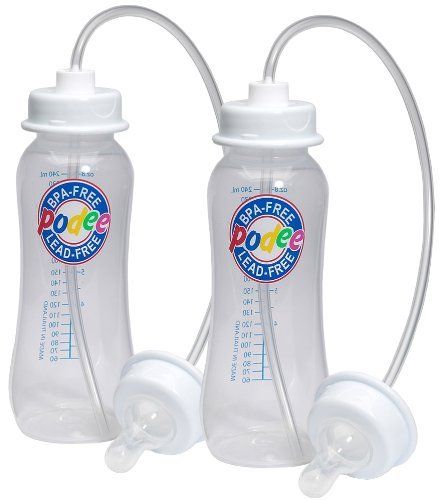 They hate doing this but do so because they worry that their baby will fail to gain sufficient weight or become unwell if they don’t make sure he consumes what they believe, or have been told, is an acceptable amount of milk or food.
They hate doing this but do so because they worry that their baby will fail to gain sufficient weight or become unwell if they don’t make sure he consumes what they believe, or have been told, is an acceptable amount of milk or food.
Many of the feeding strategies that we believe are ‘encouraging’ or ‘supporting’ a baby to eat involve subtle forms of pressure. For example:
- Pushing the nipple into a baby’s mouth against his wishes.
- Preventing him from pushing the nipple out of his mouth with his tongue.
- Following his head with the bottle when he turns or arches back in tense manner.
- Restraining his head to prevent him from turning away.
- Restraining his arms to prevent him from pushing the bottle away.
- Offering repeatedly at a time when he's rejecting or upset.
- Upwards pressure under his chin in a bid to trigger his sucking reflex.
- Gently compressing his cheeks to apply pressure on his buccal pads (cheek pads).
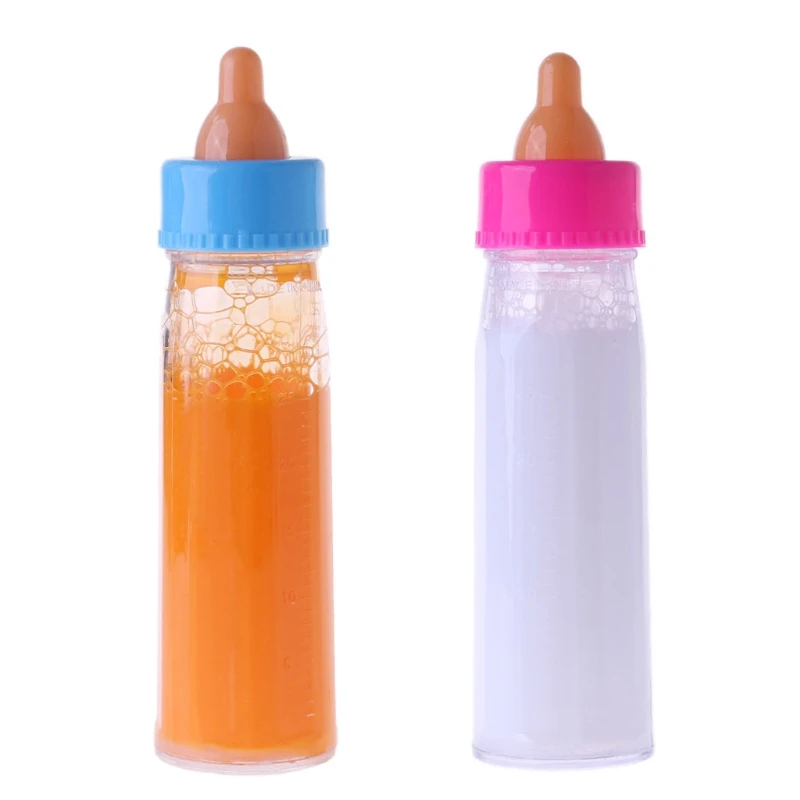
- Jiggling or twisting the bottle to try and make him continue sucking.
- Squeezing milk into his mouth.
- Trying to trick him into accepting the nipple by switching his pacifier for the nipple.
If these things don’t upset your baby - which generally appears to be the case for babies under the age of eight weeks who due to immaturity have limited ability to complain during the feed but can after the feed – such strategies might be causing no harm. However, doing these things in a bid to control how much a baby eats has the potential to make the experience of feeding unpleasant or stressful for the baby. When repeated, a baby can develop an aversion to feeding.
As a result of developing a feeding aversion the baby will fuss or refuse to feed and the parents, not knowing any better, may then feel compelled to force their baby to eat, and by doing so they may be unknowingly reinforcing their baby’s feeding aversion.
Behavior that is reinforced will continue. Once averse to feeding, the situation spirals downwards as a result of the ‘fear-avoidance-cycle’.
Once averse to feeding, the situation spirals downwards as a result of the ‘fear-avoidance-cycle’.
The more the parent pressures their baby, the less their baby is willing to eat. The less their baby eats, the more the parent pressures. And around and around it goes. The 'fear-avoidance-cycle' can spiral downwards to complete feeding refusal while awake, poor growth, and possible hospitalization where a feeding tube might be inserted.
Direct and indirect reinforcementsAny pressure, even subtle forms, has the potential to directly reinforce a feeding aversion. However, there are other strategies, for example feeding a baby while sleeping, giving solids to compensate for the loss of calories from milk, providing milk in other ways such as spoon, syringe, or feeding tube, can indirectly reinforce a behavioral feeding aversion by enabling the baby to avoid feeding while awake during the day. All reinforcements – direct and indirect – need to be removed.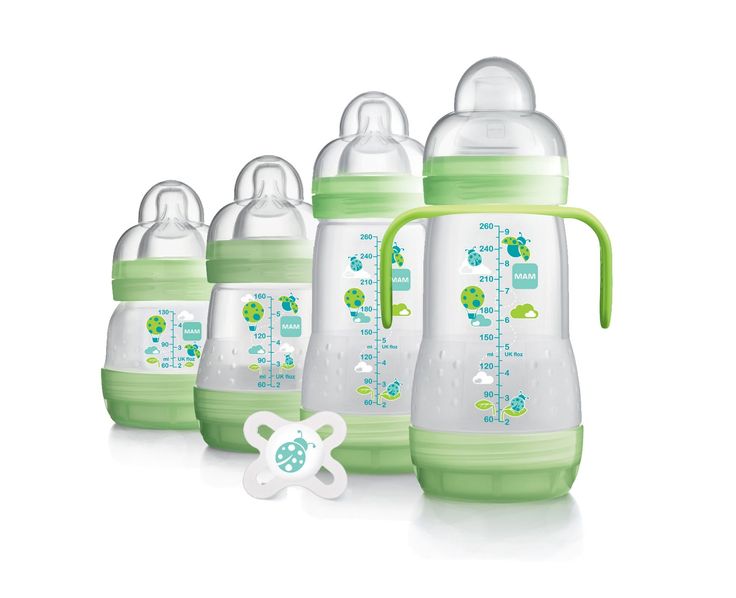
Medical treatments
A feeding-averse baby is often distressed at feeding times (an exception being those who mostly sleep-feed during naps and at night). Pain is typically the first thing blamed, but the least likely cause of aversive feeding behavior displayed by physically well, thriving babies.
If you go to the doctor with a fussy baby who cries and refuses to eat, he or she may tend to explore physical causes before all others. The following treatments are often recommended by medical practitioners in a bid to remedy a baby's fussy or distressed feeding behavior.
Medications: Acid suppressing medications may be prescribed to treat suspected esophagitis - inflammation of the baby’s feeding tube caused by repeated exposure to refluxed stomach acid. And perhaps prokinetic medication (also called propulsive agents) to treat gastroparesis - delayed emptying of the stomach.
Dietary changes: A hypoallergenic infant formula may be recommended to treat suspected eosinophilic esophagitis - inflammation caused by an allergic reaction to cow’s milk based infant formula or soy infant formula.
Once the condition causing the baby's discomfort is effectively treated, his troubled feeding behavior will fade and disappear.
NOTE: A doctor cannot see into a baby’s esophagus and therefore cannot confirm if he is suffering from esophagitis during a routine medical examination. h3 antagonists and proton pump inhibitors used in the treatment of acid reflux are extremely effective in reducing the production of stomach acid. If your baby is still fussing or fighting feeds two weeks after commencing medications, there's a good chance that acid reflux is not responsible for his troubled feeding behavior. Similarly, if your baby's avoidant feeding behavior continues two weeks after switching to a specialized hypoallergenic formula, the reason may be that milk protein allergy is not the cause.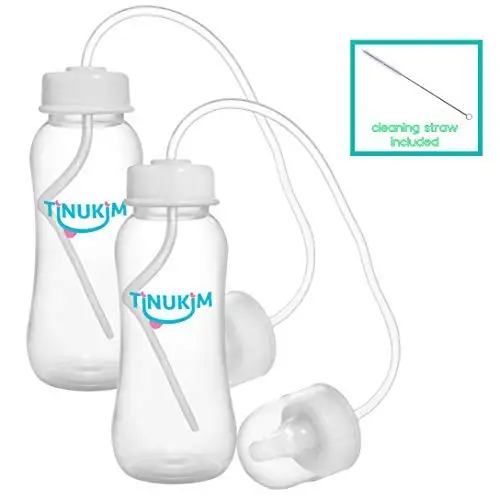 This does not imply that your baby is not affected by these conditions, rather that these conditions are unlikely to be the cause of his avoidant feeding behavior.
This does not imply that your baby is not affected by these conditions, rather that these conditions are unlikely to be the cause of his avoidant feeding behavior.
Band-Aid solutions: If medications and dietary change fail to resolve a baby's aversive feeding behavior, band-aid solutions such as high-calorie feeds, food thickeners, starting solids, sleep-feeding, might be recommended in an attempt to minimize the risk of poor growth caused by an unresolved feeding aversion. However, band-aid solutions are often ineffective in the case of a feeding aversion because they do not address the cause, which is the stimulus that is causing the baby to fear feeding.
If medical treatments fail to resolve your baby's feeding issues, consider the possibility of a misdiagnosis or that there is more than one cause involved. And extend your search to cover other potential causes, in particular behavioral reasons such as being pressured to eat.
Speech therapyIf your baby often chokes or experiences problems with aspiration while feeding, his doctor might refer him to a speech therapist to assess his ability to suck and swallow effectively. This can be helpful if choking episodes are reinforcing the baby's aversive behavior.
This can be helpful if choking episodes are reinforcing the baby's aversive behavior.
However, if your baby feeds well at some feeds for example in a sleepy state or has fed well in the past before developing a feeding aversion, it's unlikely that the source of his fussy feeding behavior or food refusal is due to a sucking or swallowing problem.
Occupational therapyIf an oral aversion due to a sensory processing disorder is suspected, your doctor might refer your baby to an occupational therapist for an assessment. Encouraging a child with oral aversion occurring due to a sensory processing disorder to feed as normally as possible requires a very long process that may last months or years.
An oral aversion is wide ranging with the baby not wanting anything near his mouth. A feeding aversion is specific, related to feeding, and requires very different treatment to resolve the problem compared to an oral aversion
NOTE: Some of the feeding strategies recommended to resolve an oral aversion, such as placing rubbery implements into the baby’s mouth to ‘desensitize’ him to the feel of things in his mouth, are counterproductive in the case of a behavioral feeding aversion that developed or is currently reinforced as a result of being pressured to feed. Placing things into a baby’s mouth without his permission will not regain his trust. Hence, the diagnosis must be correct. If your baby is happy to have anything other than the nipple of a bottle or food in his mouth, it’s probably a feeding aversion rather than an oral aversion.
Placing things into a baby’s mouth without his permission will not regain his trust. Hence, the diagnosis must be correct. If your baby is happy to have anything other than the nipple of a bottle or food in his mouth, it’s probably a feeding aversion rather than an oral aversion.
A behavioral approach views challenging infant behaviors such as incessant crying, fussy feeding behavior, feeding refusal, and sleeping problems in the context of the care the baby receives. In the case of physically well babies, it’s not assumed that the baby has a physical problem, rather the parent’s childcare practices are examined.
Infant behavior, whether this is desirable or undesirable behavior, is reinforced by the actions parents take or don’t take. To resolve a behavioral problem, and thus change a healthy baby’s behavior from fussy, distressed feeding refusal to enjoying feeding to satisfaction, it’s necessary for the parent to first make appropriate changes to their childcare practices.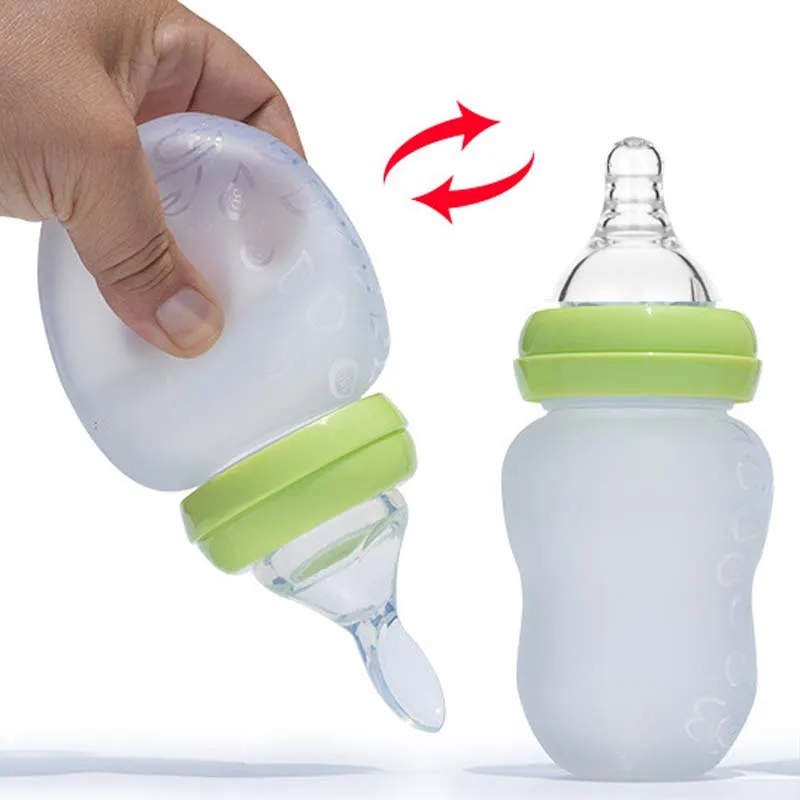
The parent’s infant feeding practices are the last suspected cause of a healthy baby's aversive feeding behavior when it should be one of the first. You will know how thoroughly your baby’s healthcare professionals have assessed the possibility of behavioral reasons for his feeding issues by the number of questions asked of you regarding his feeding history. For example, feeding equipment, feeding frequency and duration, milk type, and concentration, feeding pattern, total daily milk intake, his sleeping patterns (sleep has a profound effect on feeding behavior and milk intake) and most important of all, your infant feeding and sleep settling practices. Our Baby Care Advice questionnaire includes 80+ questions to pinpoint the cause.
No questions asked = minimal to no consideration given to behavioral causes.
MisdiagnosisAccurate identification of the cause is essential to finding an effective solution. This is not something that can be achieved during a brief consultation with a health professional. And it definitely cannot be achieved without asking the parents multiple questions about their infant feeding practices. An accurate, and thorough diagnosis of the cause, or causes as is often the case, requires a comprehensive understanding of infant development and behavior, and age-appropriate infant feeding practices, as well as an understanding of the reasons and solutions to infant feeding aversion. At Baby Care Advice we allocate 2 hours for feeding problems.
And it definitely cannot be achieved without asking the parents multiple questions about their infant feeding practices. An accurate, and thorough diagnosis of the cause, or causes as is often the case, requires a comprehensive understanding of infant development and behavior, and age-appropriate infant feeding practices, as well as an understanding of the reasons and solutions to infant feeding aversion. At Baby Care Advice we allocate 2 hours for feeding problems.
Misdiagnosis occurs when assumptions are made about the cause in the absence of a comprehensive feeding assessment. Failure to accurately identify the stimulus causing and reinforcing the baby's feeding aversion - which can vary for individual babies - is likely to result in an ineffective treatment plan.
Not only will a misdiagnosis fail to address the cause, but many of the strategies recommended based on a misdiagnosis, such as those described as indirect reinforcements, have the potential to reinforce a baby’s aversive feeding behavior. A baby’s feeding aversion will continue while it’s reinforced. An unresolved breast- or bottle-feeding aversion increases the risk of the baby developing an aversion to eating solids for the same reasons. Feeding issues can persist for weeks, months or years.
A baby’s feeding aversion will continue while it’s reinforced. An unresolved breast- or bottle-feeding aversion increases the risk of the baby developing an aversion to eating solids for the same reasons. Feeding issues can persist for weeks, months or years.
Few health professionals are familiar with age-appropriate infant feeding practices and/or the process involved in resolving behavioral feeding aversions experienced by normal developing babies and young children. Therefore, they are ill-equipped to guide and support parents to resolve this complex and highly stressful situation.
A baby's avoidant feeding behavior, poor milk intake, and poor growth could be due to one or a combination of the causes already mentioned. However, a feeding aversion can become even more complex if other feeding issues are involved. For example, unsuitable or faulty equipment, poor feeding position, or the parent’s providing an inappropriate response to their baby’s feeding cues.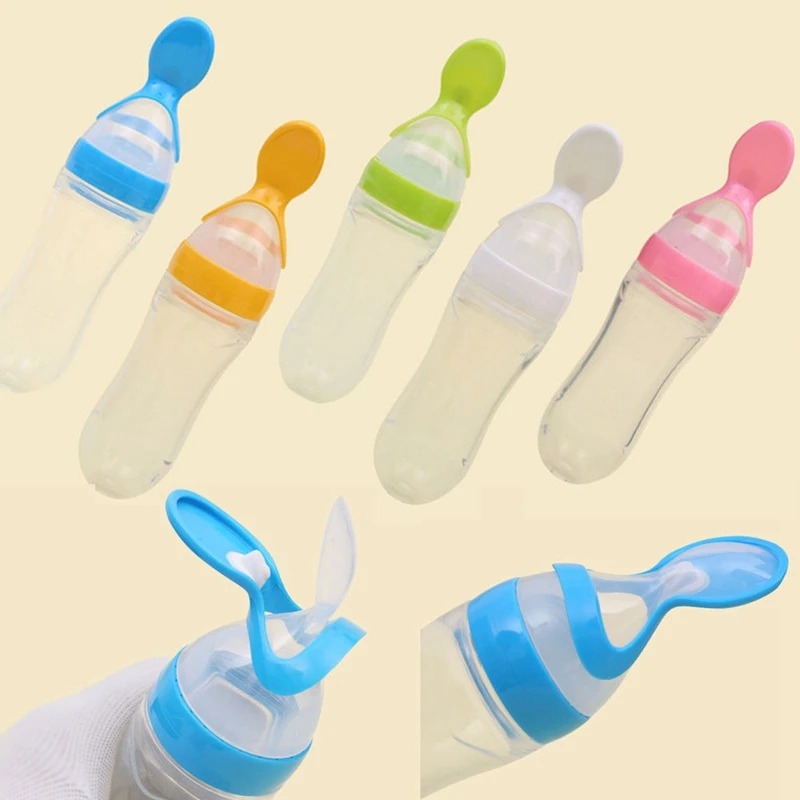 (See bottle-feeding problems for more.)
(See bottle-feeding problems for more.)
If you suspect that your baby has developed a feeding aversion, there are a couple of ways we can help.
You might choose to see if you can figure things out on your own as a result of being guided by my book 'Your Baby’s Bottle-feeding Aversion’.
You might prefer to have one of our experienced consultants undertake a comprehensive assessment of all causes and provide individualized feeding advice. You also have the option to receive daily email guidance and support as you work towards resolving your baby’s feeding aversion.
You can purchase Rowena's Online Bottle-Feeding Aversion Program - six modules with clear step by step instructions on how to overcome your baby's bottle-feeding aversion. With a 95% success rate using Rowena's Bennett's method.
‘Your Baby's Bottle-Feeding Aversion’ bookIn my book, ‘Your baby’s Bottle-feeding Aversion’, I have described physical and behavioral reasons for babies to develop an aversion to bottle-feeding. How to identify the cause and the solutions to match. Included are step-by-step instructions on how to regain your baby’s trust and resolve a feeding aversion caused or reinforced by repeated pressure to feed.
How to identify the cause and the solutions to match. Included are step-by-step instructions on how to regain your baby’s trust and resolve a feeding aversion caused or reinforced by repeated pressure to feed.
While the book was written for bottle-fed babies, many nursing mothers have found that applying the same strategies has also helped them to successfully resolve a breastfeeding aversion.
You might find that reading this book is all you need to do to understand the steps you need to take to resolve your baby’s feeding aversion and get him back to the point of enjoying eating until satisfied.
Baby Care Advice ConsultationsIf you would like an individualized assessment of all reasons for infant feeding problems, not just feeding aversion, we also provide a consultation service. Baby Care Advice consultants have extensive experience in pinpointing the cause of feeding aversion and other behavioral feeding problems such as those related to equipment and the parent’s feeding practices. (For more on what’s included in a consultation).
(For more on what’s included in a consultation).
Six time-saving modules to help your family enjoy feeding again with Rowena's step-by-step plan. Enjoy additional tools to manage anxiety, troubleshoot any issues, introduce new carers, how to manage illness/teething and much more.
Join Our Facebook Support CommunityBaby Care Advice has facebook support groups in various languages, for those who have purchased either Rowena's 'Your Baby's Bottle-Feeding Aversion' book/ Online program/ consultation. They are made possible by a volunteer group of parents, who offer empathetic, compassionate support and guidance as you work your way through resolving your baby's feeding aversion.
English
Spanish
Dutch
Romanian
By Rowena Bennett, RN, RM, CHN, MHN, IBCLC.
Written Sept 2013. Revised July 2021.
Copyright www. babycareadvice.com 2021. All rights reserved. Permission from the author must be obtained to reproduce all or any part of this article.
babycareadvice.com 2021. All rights reserved. Permission from the author must be obtained to reproduce all or any part of this article.
How to Help Your Baby Overcome a Bottle Aversion — Malina Malkani
Parents respond with nourishment when their babies cry and fuss because of an empty belly. Once their tiny tummies are nice and full, they turn their head away from the bottle or purse their lips closed. At least, that's the feeding experience parents hope for and expect to have!
What does it mean when a baby refuses a bottle even though they're hungry?
A bottle aversion can be confusing and upsetting to parents, but if you’re one of them, you're not alone.
Approximately 20% - 30% of infants and toddlers have feeding-related problems.
A baby or young child's feeding problem can lead to nutrient deficiencies and malnourishment, ultimately affecting their growth and development.
Some babies can resolve it on their own with time. Still, many need support from parents and/or a team of professionals that includes pediatricians, pediatric dietitians, and speech-language pathologists.
Keep reading to find out what a bottle feeding aversion is, what to do about it and when to call the pediatrician.
What is a Feeding Aversion?
Childhood feeding problems range from picky eating to a refusal to eat.
Can a baby really be a picky eater?
Picky eating and bottle aversions both fall under the umbrella of childhood feeding disorders. A feeding disorder is an inability or refusal to eat and drink enough food to meet nutritional needs.
Feeding difficulties tend to fit within three general categories that may be very familiar to some parents: limited intake, selective intake, and the fear of feeding. However, most children have mild feeding problems that don't affect their weight and health, despite being very challenging for parents.
What Causes a Bottle-Feeding Aversion?
As an experienced parent, you probably expect some degree of pickiness with your child. But a baby’s refusal to eat might be unexpected and confusing.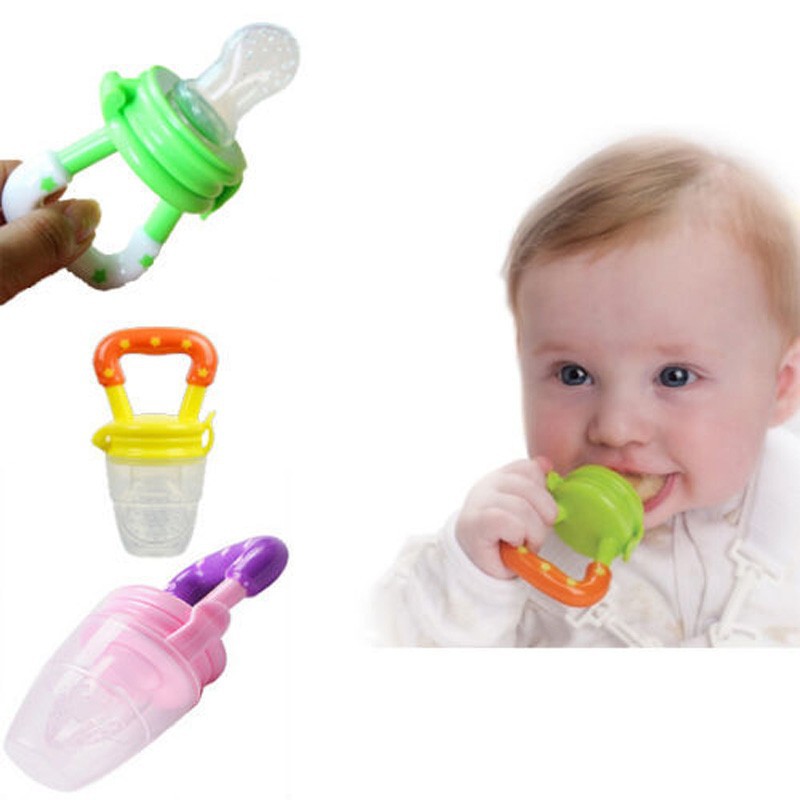
Here are some of the most common reasons a young child refuses to eat even though they might be hungry.
Sensory aversions and developmental disorders
Feeding problems affect 70%-89% of children with developmental disabilities. For example, children with Autism Spectrum Disorders commonly have sensory food aversions and refuse to eat because of a food's texture, color, appearance, or smell.
Premature infants
Premature babies have a high risk of aspiration while feeding. It's common for preterm infants to have oral feeding difficulties. As a matter of fact, difficulty eating is a huge factor in what delays a baby's discharge from the neonatal intensive care unit (NICU).
Swallowing difficulties
The first step in digestion is the physical processing of food by the mouth, throat, and tongue. Underdeveloped muscles or tongue-tie affect the baby's ability to move food around their mouth, swallow and suck.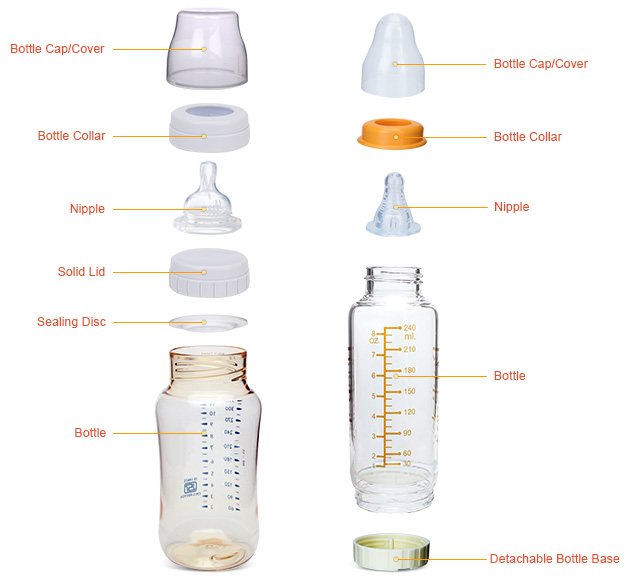 A frustrated and uncomfortable baby will reject a bottle if they have difficulty sucking.
A frustrated and uncomfortable baby will reject a bottle if they have difficulty sucking.
Pain and discomfort
Babies may develop a learned feeding aversion if they associate pain with eating. A milk protein allergy, choking, or acid reflux are common reasons a bottle-fed baby might experience pain during eating. And, don't forget about ear infections. This common childhood illness makes swallowing very painful.
What About Bottle Aversion in Breastfed Babies?
Pumping keeps a mom's milk supply up and allows a baby to continue breastfeeding even when life gets busy. Using a bottle for breast milk can also give moms a much-needed break during overnight feedings and a chance for others to bond with the baby during feedings.
But, bottle feeding is a different sensory experience than breastfeeding, and babies may prefer one over the other.
Breastfed babies can develop a bottle aversion. Breastfed babies may not like the change in feeding position, the temperature of milk, lack of skin-to-skin contact, and fast flow rate even though the milk tastes the same.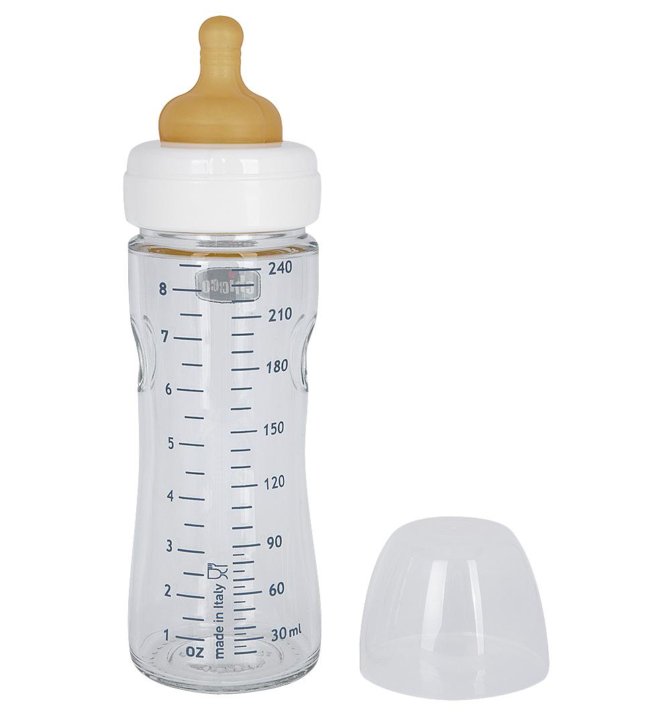
The opposite can also happen.
Bottles allow babies to drink faster and more steadily than breastfeeding. And the difference in the rate and flow of milk can cause nipple confusion. In addition, some babies may take to the faster pace of bottle drinking and reject the breast.
The tips below work for formula-fed or breastfed babies who use a bottle.
What to Do if Your Baby Refuses to Eat From a Bottle
It’s important to individualize treatment for a baby's bottle aversion. Every baby is different, and what works for one child may not be the answer for another. The most effective strategies depend on what is causing the feeding aversion, how old your infant is, and your baby's preferences.
As a result, the best way to use these tips is to apply them one at a time. Then, reassess after a few days before applying a new strategy. (You don't want to overwhelm your baby with too many changes at the same time, and if you try too many strategies at once, you won't know which one worked!)
Keep in mind also that some babies end up showing improvement on their own.
And let your pediatrician know immediately if there are any changes in your baby's weight, growth, or energy level.
1. Don’t force your baby to eat
Nudging a bottle into a baby’s mouth isn’t recommended. As a parent, I understand the temptation to get a child to eat, especially a very young infant that you’re concerned about. But forcing a baby to eat can make a childhood feeding disorder worse. It’s also dangerous. A baby trying to refuse a bottle can choke if they’re forced to drink.
2. Find out why your baby is refusing the bottle
A pediatrician can determine whether there's a medical reason for your baby's bottle aversion. If so, a speech-language pathologist can assess your baby's ability to swallow and suck. Then they'll recommend treatments such as swallow exercises. If your baby has a tongue or lip tie that affects their eating ability, a pediatrician may recommend surgery to correct it.
3. Use paced bottle-feeding techniques
Paced bottle-feeding techniques mimic breastfeeding and allow your baby to drink at a slower rate than traditional bottle feeding.
Responsive feeding can teach you how to recognize and respond to your baby's hunger and fullness signals. Then, when you pick up on your baby's cues, you can respond warmly and promptly with food.
Common signs a baby is hungry include:
Making sucking sounds
Chewing and sucking on fingers
Crying - the key is to learn to differentiate hungry crying from the crying of a sleepy or uncomfortable baby
Fussing
If your baby shows signs they've had enough, parents should let the baby stop eating. Signs a baby is full include:
Turning their head away
Gagging
Spitting up
Slowing down or stopping
Falling asleep
Starting and stopping
4. Change up the bottle
The type of bottle and/or size of the nipple hole can affect the flow rate. If you practice responsive feeding, you'll recognize when the pace and flow of the milk are working well for the baby.
Every baby eats at a different pace and may need a faster or slower bottle nipple. Babies that are both breast and bottle-fed would do better with a slower pace nipple since that's closer to the pace of breastfeeding.
Generally, babies born around their due date can use a newborn flow rate. In addition, there are special nipples for babies with colic. And there are even bottles designed to give your baby the ability to drink at their own pace. For example, the Infant Self-Pacing (ISP) Feeding Bottle allows your baby to control the flow of formula.
5. Change the feeding position or routine
Change the routine with fun and relaxing activities before it's time for a bottle. For example, a few minutes of playtime together on the mat or a walk can diffuse the anxiety around feeding time for you and your baby! Even changing the order of your baby's daily routine might help break up a pattern of feeding difficulties.
Or your baby's usual position might be uncomfortable.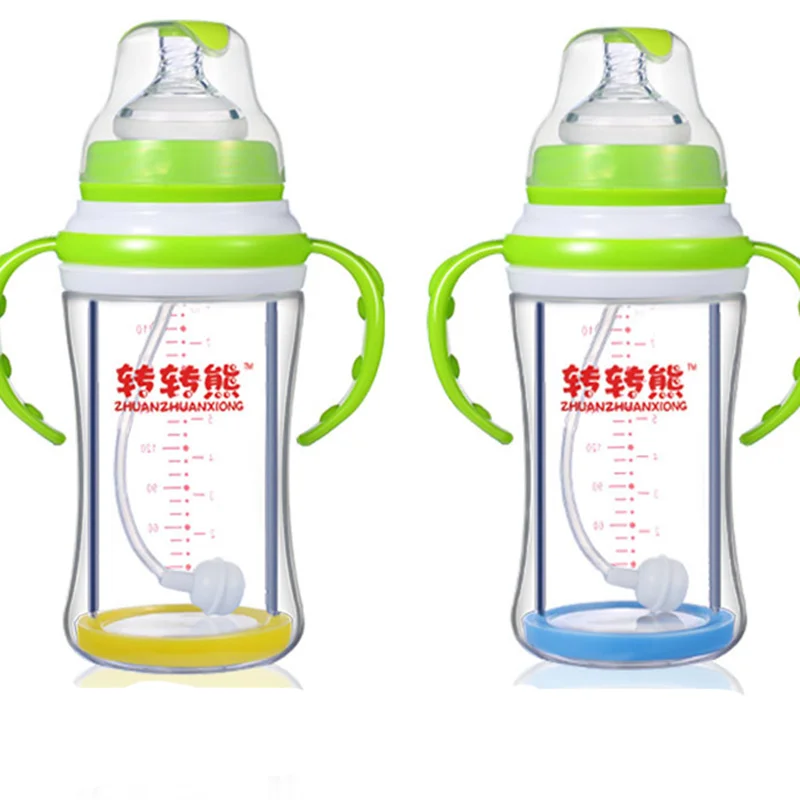 Adjust the feeding position or highchair until your baby is comfortable and content. Babies should be held in a semi-upright position with their heads supported.
Adjust the feeding position or highchair until your baby is comfortable and content. Babies should be held in a semi-upright position with their heads supported.
6. Change the formula
Not all formulas taste the same, and your baby may enjoy another brand better. Also, some babies prefer different formula temperatures, so you can experience warming the bottle vs. not warming the bottle.
If your baby shows signs of a milk protein allergy or dairy intolerance, try another type of formula.
7. Be patient
Understandably, you might be stressed and frustrated when your baby refuses to eat from a bottle. I get it. But, babies can pick up on the tension and stress, which only worsens feeding fears and anxiety. Try to engage in positive food parenting practices that provide structure and encourage autonomy. Patience and a positive feeding experience are important for you and your baby!
Last Thoughts on Bottle Aversion
Aversions to food textures and certain foods' appearances are common in children.![]()
A temporary aversion to certain foods isn't usually a medical concern as long as your child is growing and doesn't fall off their percentile on the growth chart.
But a bottle-feeding aversion isn't picky eating, and your baby may need the help of a team to move through it.
Talk to your pediatrician if there's a change in your baby's weight. A few ounces of body weight is a lot for a tiny baby to lose. Speech-language pathologists and pediatric dietitians are other specialists that can help guide you through your baby's bottle aversion.
If you’re getting ready to start your baby on solids, download my FREE Baby-Led Feeding Essential Checklist to make sure you have everything you need to get started. You might also want to check out my new online course for parents, based on my best-selling book which will walk you through the whole process of starting solids using a baby-led approach.
Alternatively, if your baby is almost ready to start solids and you’re looking for someone you trust to map out the entire first 12 weeks of your baby’s solid food feeding journey, check out my new Safe & Simple 12 Week Meal Plan! Over 30 recipes, weekly shopping lists, tons of balanced baby meals, a complete plan for top allergen introduction, & lots of guidance (with photos) on how to safely serve each food.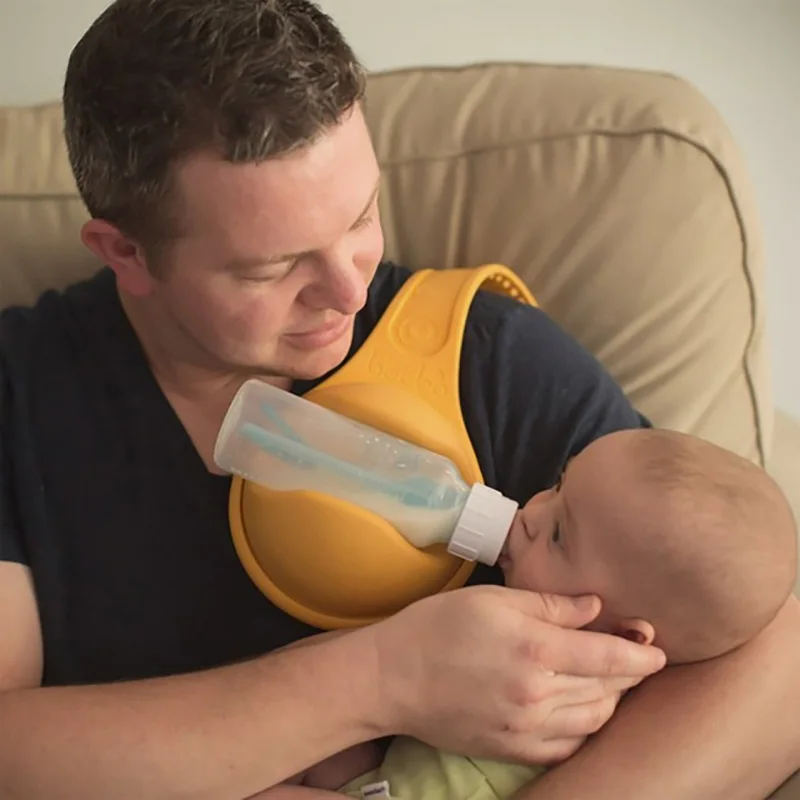
And if you're looking for personalized nutrition support for yourself, your babies and/or your kids, I am currently accepting new clients in my virtual private practice. Looking forward to meeting you online…
How to determine if tongue frenulum affects bottle feeding
Over the past few years, there has been an increase in the number of children with an aversion to breastfeeding and/or bottle feeding who have had their tongues cut.
Language correction (ankyloglossia) was once an underestimated cause of breastfeeding problems. Now, just like reflux, allergies, and milk intolerance, it has become a hyper-diagnosable excuse for any restless feeding behavior exhibited in breastfed and formula-fed babies. In cases of food aversion that I have been associated with, there was not a thorough evaluation of the child's feeding history and current feeding behavior prior to the procedure that would rule out dyslalia as the cause of his/her feeding problems.![]() nine0005
nine0005
Strabismus is relatively common. Many infants, children, and adults have dyslalia to some degree. For the vast majority, this has no detrimental effect on feeding or speech.
Just as dyslalia is common, so are infant feeding problems. It is estimated that between 25% and 45% of normally developing children, with or without a tongue knot, experience feeding problems. The fact that a child has dyslalia, as well as feeding difficulties, does not prove a causal relationship. nine0005
Your doctor or pediatric dentist can determine if your child has one of the 4 grades of dyslalia. However, without knowledge of the causes and solutions to infant feeding behavioral problems, such as aversion to feeding due to repeated feeding pressure, faulty or inappropriate feeding equipment, incorrect position or latching on, misinterpretation of infant feeding cues, forced or delayed latch on during breastfeeding, and severe sleep deprivation that affects feeding—doctors usually don't ask appropriate questions to check for these problems, but instead make assumptions that the cause is physical.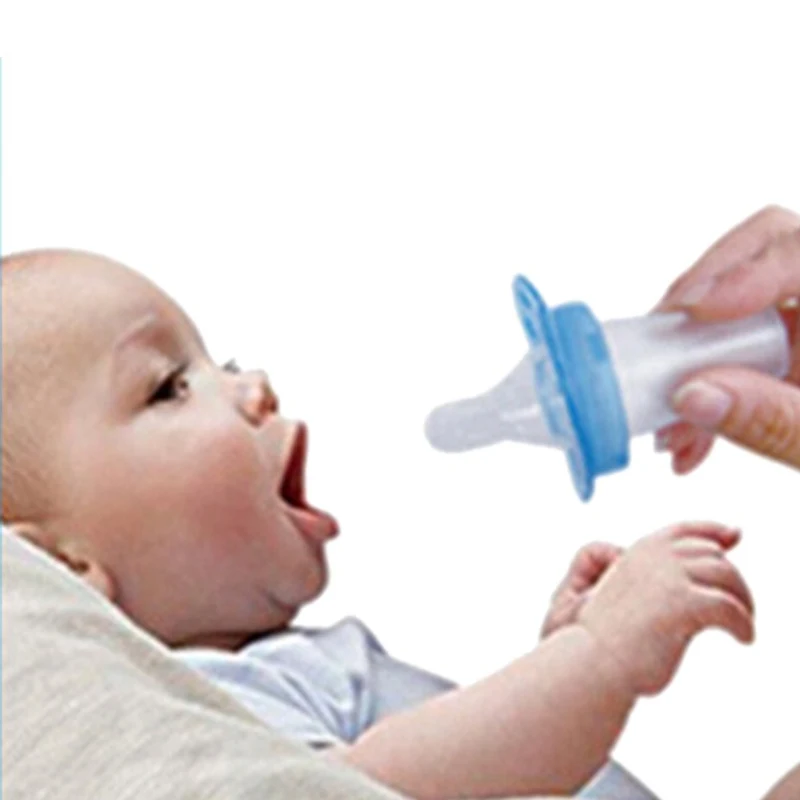 nine0005
nine0005
Any diagnosis that excludes evaluation of the various behavioral causes of a child's troubled eating behavior may be incorrect. Exposing a child to a minor injury associated with a tongue tie or laser treatment based solely on the vague hope that it might help is likely to do more harm than good.
A small percentage of children with severe tongue frenulum, which binds the lower part of the tip of the tongue to the floor of the mouth and thus restricts tongue movement, may benefit from a tongue frenulum procedure. For most, this will make no difference in their eating behavior. For others, this can further complicate the situation by causing or exacerbating food aversion. Therefore, if you are concerned that dyslalia will affect your child's feeding, it may be wiser to make your own assessment rather than relying solely on the assumptions made by your doctor. nine0005
There are ways to determine if your baby's dyslalia is affecting feeding or not. Below is a quick guide on how you can rule out or eliminate dyslalia and how it compares to feeding aversion.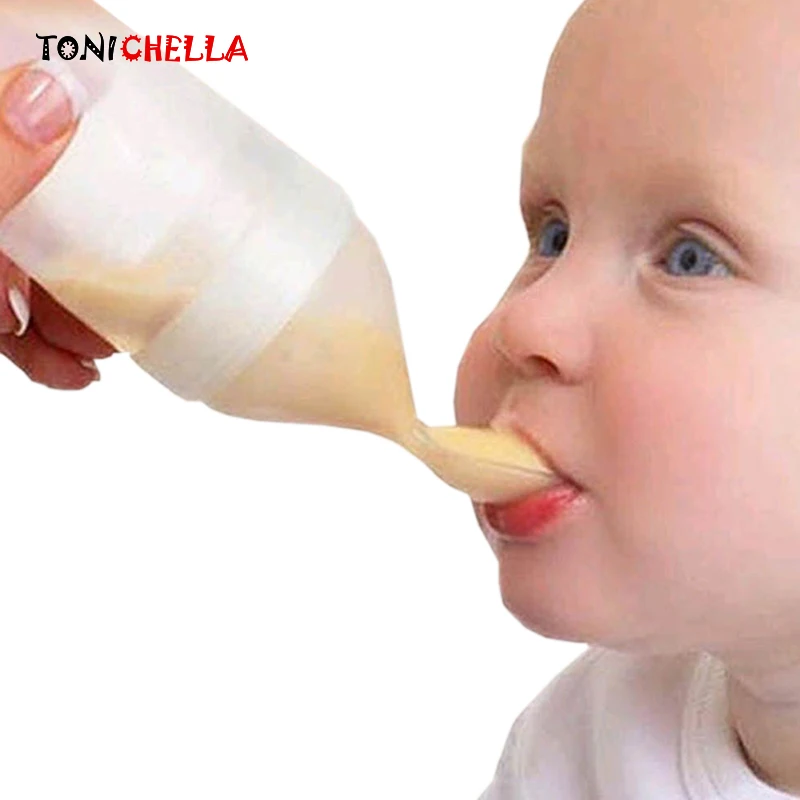
1. Tongue tie is much more likely to affect breastfeeding than bottle feeding due to the fact that the baby's tongue moves differently for each method of feeding. During breastfeeding, the baby's tongue must roll freely in waves to suckle. Despite some degree of suction, effective breastfeeding is mainly achieved by the baby's tongue constricting the mother's milk ducts, which then push the milk into the baby's mouth. Whereas with bottle feeding, the baby's tongue wraps around the nipple as he suckles. Tongue movements during bottle feeding are minimal. nine0005
Behavioral aversion to feeding can occur in both breastfed and formula-fed children.
2. Tongue tie is often inherited and is thought to be more common in boys than girls.
3. Tongue tie is a condition present at birth. And so, in the case of a formula-fed baby, feeding difficulties will be obvious from the moment he first begins to bottle feed him. If the baby is breastfed, the problem of tongue restriction may become apparent only after the mother has reduced excess breast milk, at which time the baby should actively suckle, and not just take milk directly into the mouth. nine0005
If the baby is breastfed, the problem of tongue restriction may become apparent only after the mother has reduced excess breast milk, at which time the baby should actively suckle, and not just take milk directly into the mouth. nine0005
Behavioral aversion to feeding usually develops between 6 and 8 weeks of age and worsens as the baby gets older.
4. Tongue tie and other structural and functional disorders that adversely affect feeding will affect all feedings, both awake and drowsy/drowsy.
Babies with behavioral feeding aversion very often look like they have difficulty eating while awake and during the day, but suckle well at night when they are relaxed or drowsy/drowsy. nine0005
5. There is a difference between children who have difficulty eating and children who do not want to eat.
Conflicting feeding behaviors commonly exhibited by non-feeding infants are often misinterpreted as pain during feeding, trouble holding the breast, or uncoordinated suckling.
There are many causes of infant feeding problems. Don't be so quick to blame dyslalia. And be careful of doctors who don't evaluate behavioral causes. nine0005
See also
-
Why is my child always hungry?
Read completely -
Is it possible to give a child non-bottled water?
Read completely nine0051 -
Baby bottled water
Read completely -
Why is water so important for babies?
Read completely nine0051
Baby won't take the bottle | Philips Avent
search support iconSearch Keywords
Home ›› What to do when your baby refuses a bottle
↑ top
any problems. If your breastfed baby refuses a bottle, don't worry. This is a common occurrence in many babies who are used to breastfeeding. Obviously, this can create certain difficulties for moms, especially if you need to return to work in the near future. nine0005
3 Philips Avent bottle feeding products:
So why is your baby refusing to bottle and crying? There are many ways to quickly and easily teach a breastfed baby to a bottle. Here are important tips on what to do when your baby refuses a bottle.
Is the baby refusing the bottle? Take a step back
If your baby cries while bottle feeding, the first thing to do is to start over and rethink your feeding approach and technique.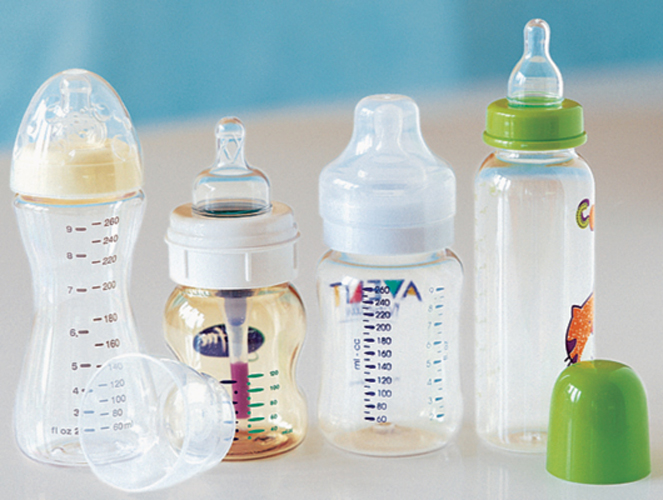 Try the following steps when bottle feeding your baby: [1]
Try the following steps when bottle feeding your baby: [1]
- Lift and tilt your baby's head forward. Before inserting the pacifier into the baby's mouth, make sure that the baby's head is raised and tilted over his body to avoid choking: so that the baby does not choke and have the opportunity to burp during bottle feeding.
- Insert the pacifier. Bring the pacifier to the baby's lips and gently guide it into the baby's mouth. In no case do not try to press the nipple on the baby's lips and try to push it into his mouth. After touching the pacifier to the baby's lips, wait for the baby to open his mouth and take the pacifier. nine0051
- Hold the bottle at an angle. Tilt the bottle at an angle so that the nipple is only half full. So the child can eat at his own pace.
- Let the baby burp during and after feeding. It can be useful for a child to burp not only after feeding, but also approximately in the middle of the process. This will help reduce gas or tummy discomfort that your baby may experience from swallowing too much air.
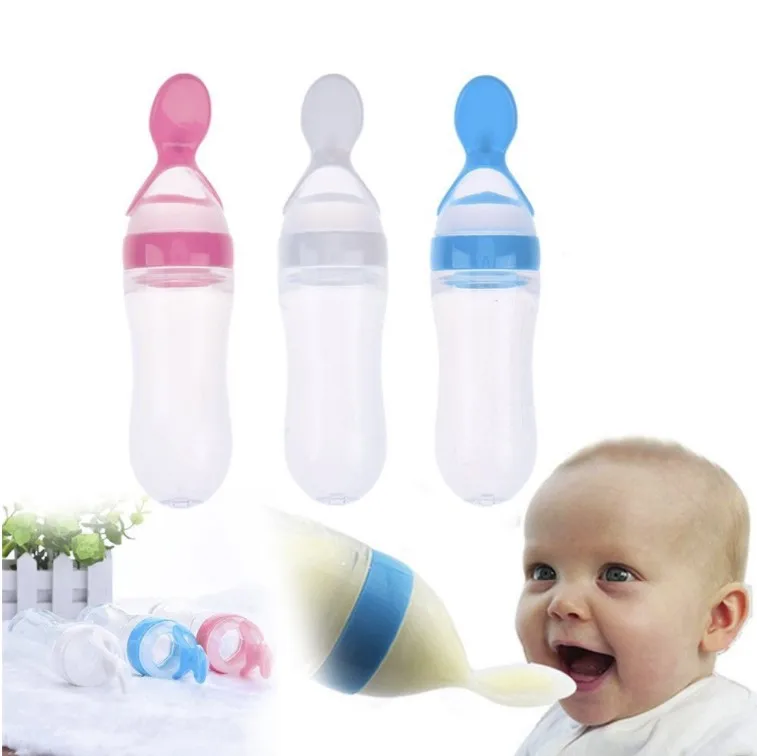
- Stop in time, do not overfeed the baby. If the baby begins to turn his head away from the bottle or closes his mouth, then he is full and you need to stop feeding.
- The flow of milk from the nipple to the baby may be weak or, on the contrary, too fast, so he is naughty and refuses the bottle. Try changing the nipple to a nipple with a different flow.
Other tips if your baby refuses a bottle
If you've followed the steps above and your baby still refuses a bottle, don't worry. There are other ways to help bottle feed your baby. Here are some simple tricks you can add to your bottle feeding process. nine0100 [2]
1. Remind your child about mom.
Sometimes a child can be fed by someone other than his mother - dad, grandmother or, for example, a nanny. If your baby fusses while bottle feeding, try wrapping the bottle in something that smells like mommy, like a piece of clothing or some fabric.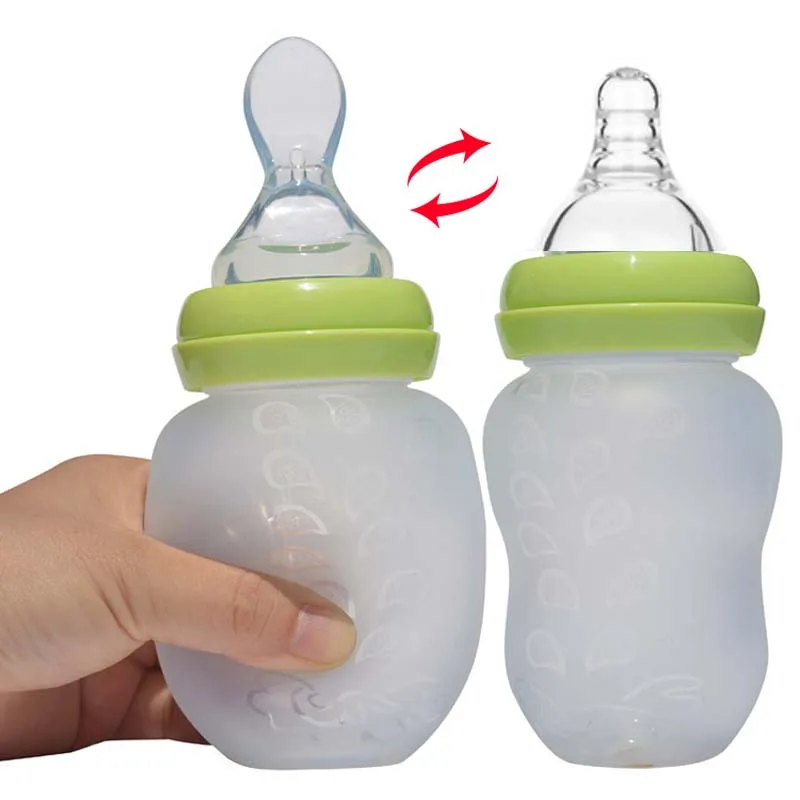 This will make it easier to feed the baby when the mother is not around.
This will make it easier to feed the baby when the mother is not around.
2. Try to maintain body contact while bottle feeding. nine0077
Some babies need contact with their mother, so try bottle feeding while leaning against you. However, some babies are better at bottle feeding when they are in the exact opposite position than when they are breastfed. For example, there is a position with bent legs. Lay the child on your bent knees, facing you, pointing the child's legs towards your stomach. During feeding, the baby will be able to look at you and contact you in this way. If your baby refuses a bottle, experiment to see which works best. nine0005
3. Move while feeding.
Sometimes all it takes is a little wiggle or walk to get your baby to take the bottle. The next time your baby starts crying while bottle feeding, try moving around a little rhythmically to calm him down.
4.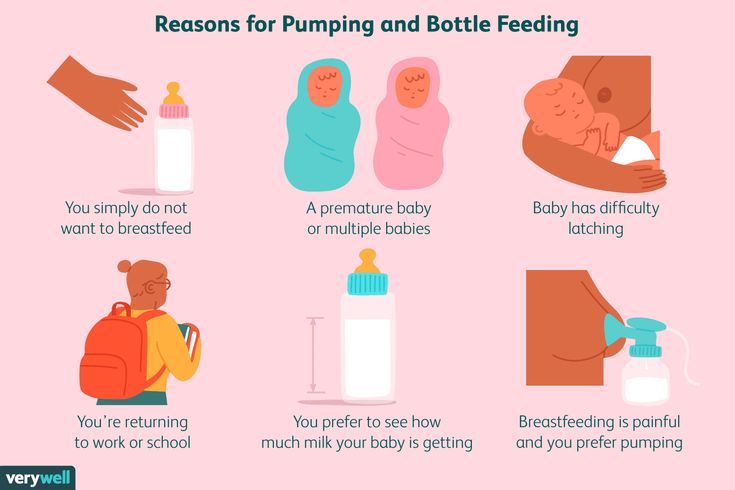 Try changing the milk temperature.
Try changing the milk temperature.
If the baby still does not want to take the bottle, check if the milk in the bottle is too hot or too cold. Before feeding, put some warm breast milk on the inside of your wrist to check the temperature. Milk should be warm, but if it seemed hot to you, just place the bottle for a short while under a stream of cold water. nine0005
Selecting the right bottle for your baby If you plan to combine bottle feeding with breastfeeding, it is advisable to choose bottles with a nipple that will have a wide base as the bottle will grip closer to the breast. Also pay attention to the fact that the nipple is firm and flexible, the child must make an effort to drink from the bottle, as well as from the breast. Give preference to nipples with an anti-colic valve that vents air out of the bottle. nine0005
Natural bottle allows you to combine breast and bottle feeding. 83.3% of babies switch from a Natural bottle to breastfeeding and back. *
*
If you choose a bottle for artificial feeding, traditional bottles are suitable for you, but it is desirable that the nipple is made of a hypoallergenic material, such as silicone, has an anti-colic valve and did not stick together when bottle fed. In case your baby spit up often, then use special bottles with anti-colic and anti-reflux valve, which reduces the risk of spitting up and colic.
Bottle with unique AirFree valve reduces the risk of colic, gas and spitting up. With this bottle, you can feed your baby in an upright or semi-upright position to reduce spitting up. Due to the fact that the nipple is filled with milk and not air during feeding, the baby does not swallow air, which means that feeding will be more comfortable.
Both bottles are indispensable if you want to breastfeed, bottle feed or just bottle feed your baby. nine0005
“My baby refuses to breastfeed but bottle feeds – help!”
Sometimes a baby gets used to bottle feeding and refuses to breastfeed.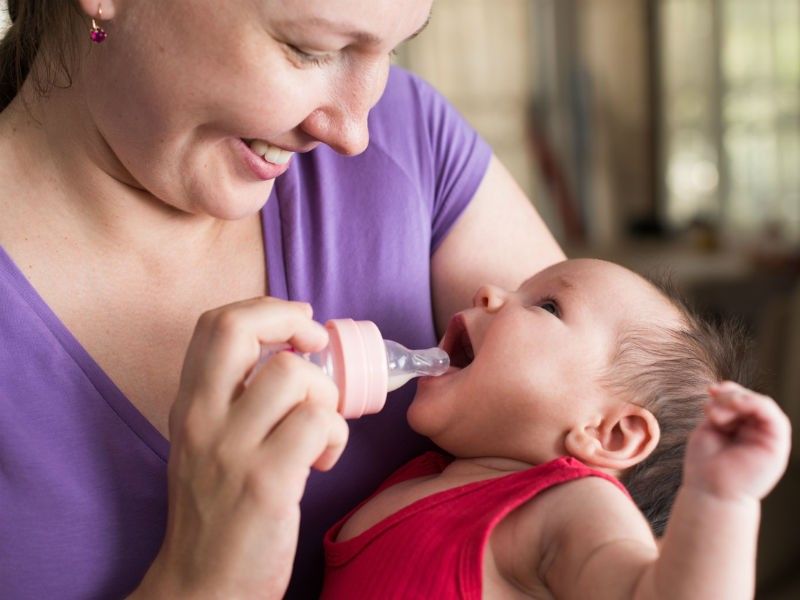 Therefore, it is important to use bottles that are suitable for combining breastfeeding with bottle feeding. If, nevertheless, you are faced with the fact that the child refuses to take the breast, try using silicone nipple covers to make the transition from the bottle to the breast and back more imperceptible. nine0042
Therefore, it is important to use bottles that are suitable for combining breastfeeding with bottle feeding. If, nevertheless, you are faced with the fact that the child refuses to take the breast, try using silicone nipple covers to make the transition from the bottle to the breast and back more imperceptible. nine0042
Remember that if you want to combine breastfeeding and bottle feeding, it is worth waiting at least a month before offering a bottle, so that you are lactating and have time to get used to each other and develop a breastfeeding regimen.
Breastfeed and bottle feed your baby with pleasure
Remember that it takes a while for your baby to get used to bottle feeding. This is completely normal. If you have to go to work, be sure to set aside enough time to bottle train your baby beforehand. nine0042
Remember that every child is different, so what works for one may not work for another. With a little time and patience, you will find out what works best for your baby when he refuses a bottle.![]()
You will identify your child's unique needs. However, if your baby still refuses the bottle after all the steps above, check with your pediatrician.
Articles and tips from Philips Avent
Refs:
*O.L. Lukoyanova, T.E. Borovik, I.A. Belyaeva, G.V. Yatsyk; NTsZD RAMS; 1st Moscow State Medical University THEM. Sechenova, “The use of modern technological methods to maintain successful breastfeeding”, RF, 02.10.2012 3 llli.org - The Baby Who Doesn't Nurse
llli.org - Introducing a Bottle to a Breastfed Baby
Baby+ app
Download the app and track your child's development and growth with trackers and keep those special moments forever.
Download app:
You are leaving the Philips Healthcare (“Philips”) official website. Any links to third party websites that may be included on this site are provided solely as a convenience to you. Philips makes no warranties regarding any third party websites or the information they contain.